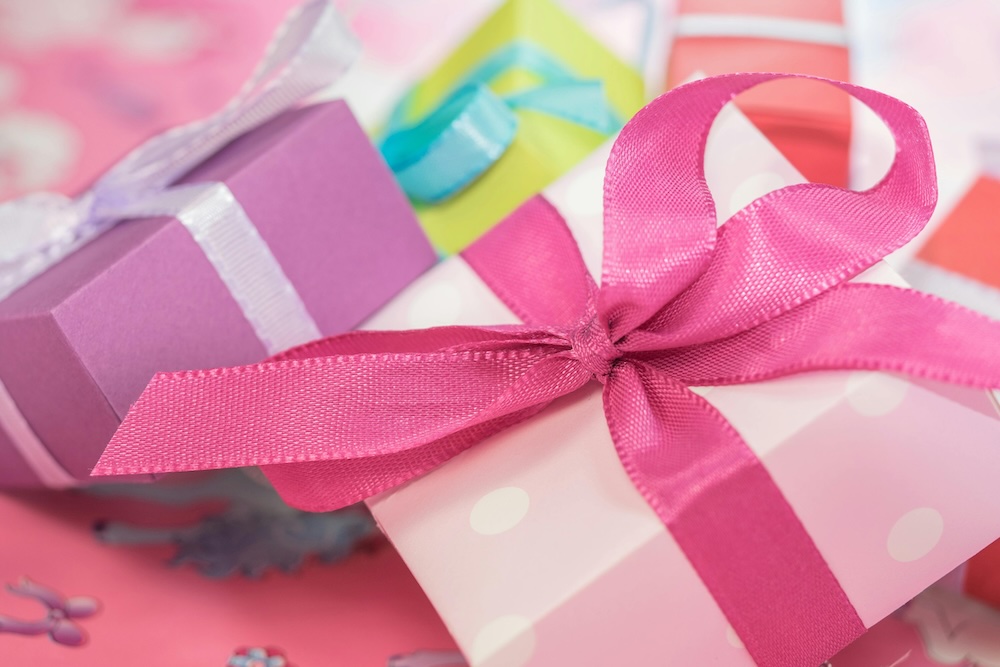
Make Your Gift Go Further: A Guide to Employer Matching Programs
What is a Matching Gift? Did you know you could make your donation to support breast cancer patients go twice

What is a Matching Gift? Did you know you could make your donation to support breast cancer patients go twice
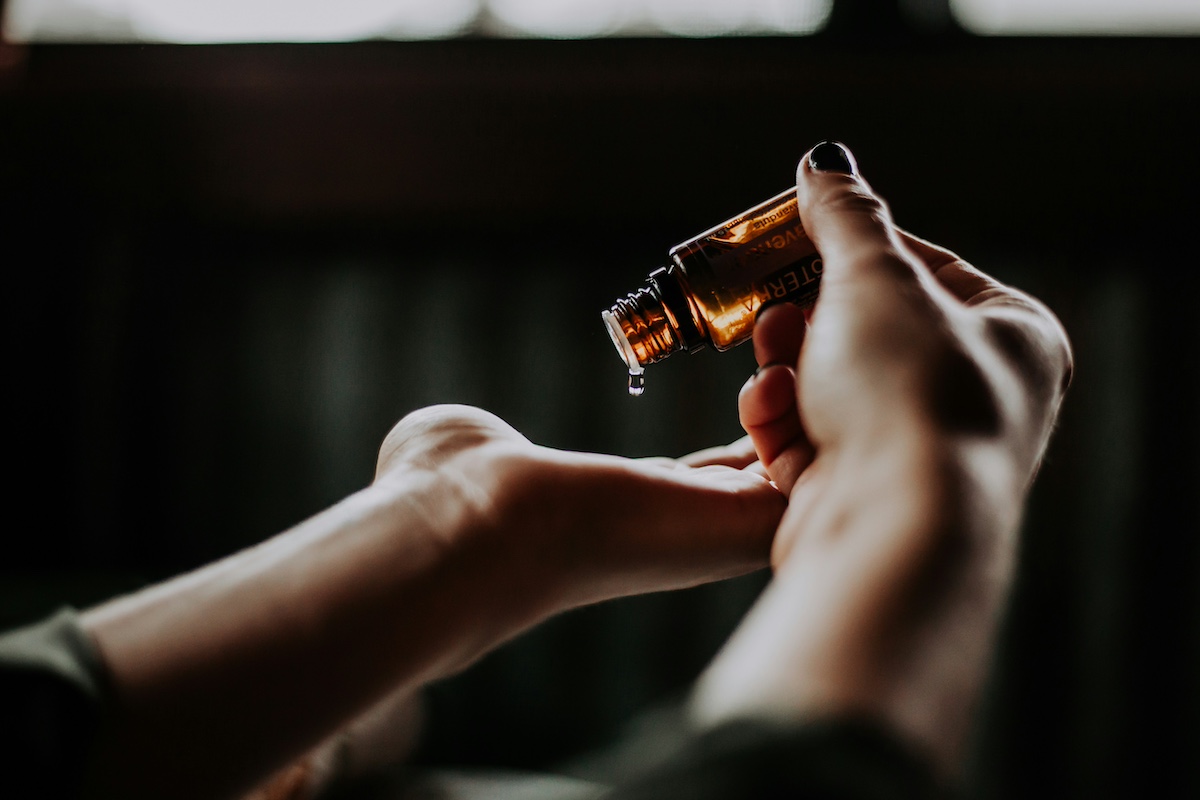
Breast cancer scars can have a significant impact on a person’s physical and emotional well-being. If you’re looking for effective
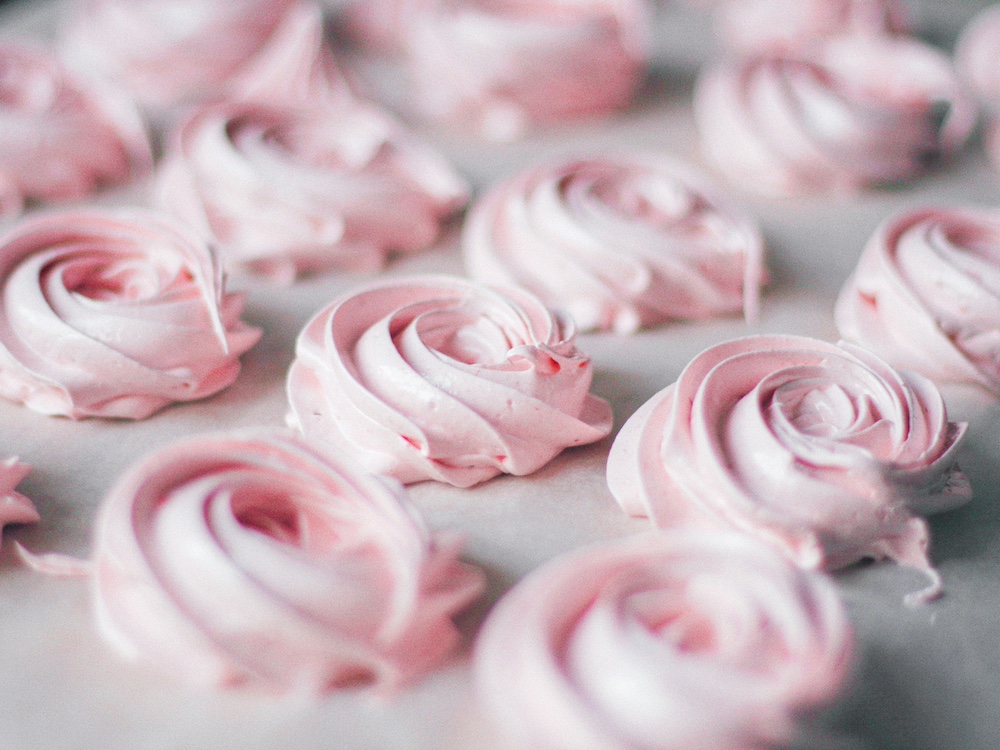
October is Breast Cancer Awareness Month, and what better time than this to make a difference and show your support

Fall is a season of change, and what better way to embrace that change than by supporting a cause close

Are you concerned about your risk of developing breast cancer? You’re not alone. As a breast cancer nonprofit, here at
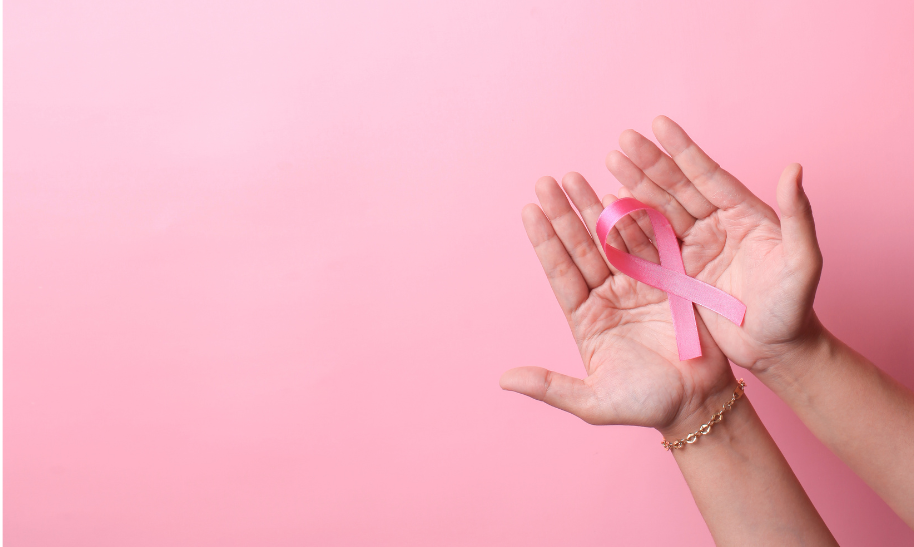
Breast cancer affects millions of women worldwide, but unfortunately, the cost of treatment often becomes a nearly insurmountable barrier for
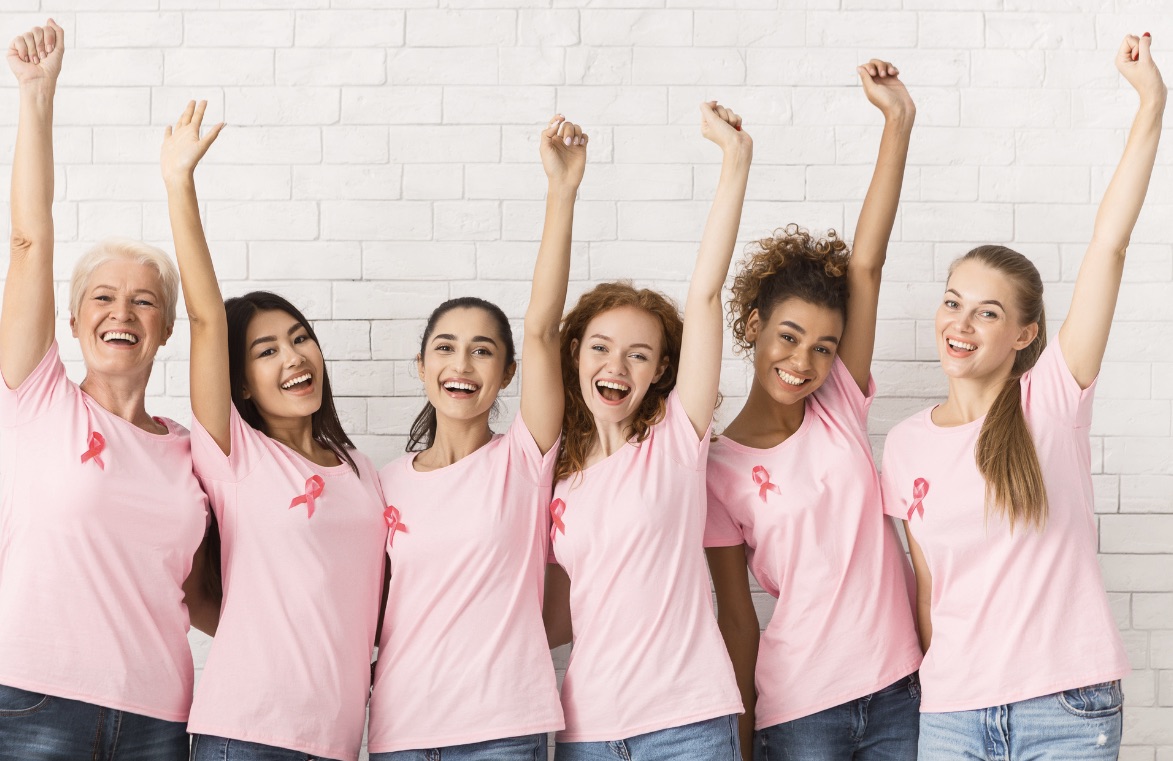
You probably already know that volunteering is essentially good. But why is that? Why do so many people actively dedicate
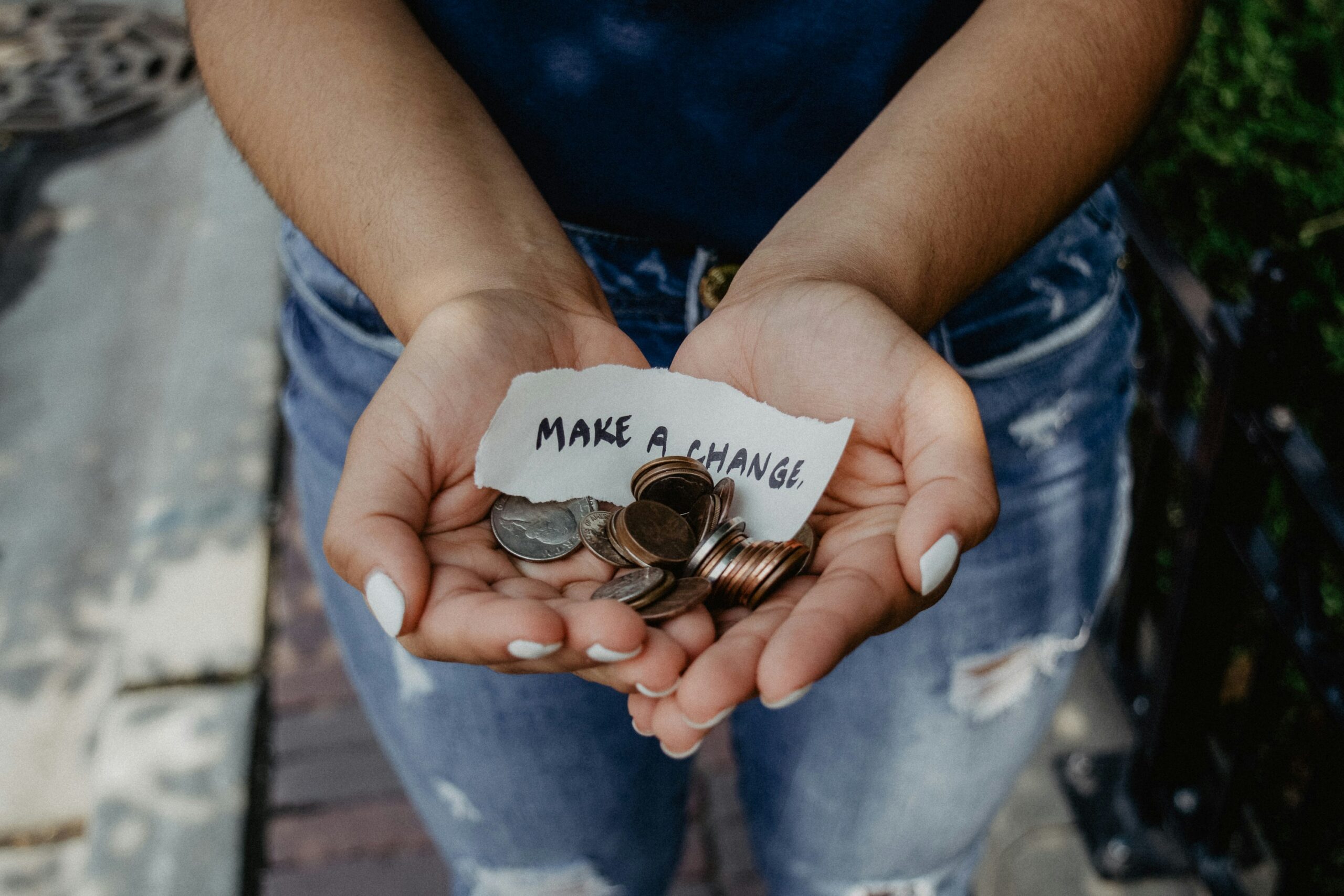
Do you ever wonder where your money goes when you donate to nonprofits? It’s time to demystify nonprofit finances and
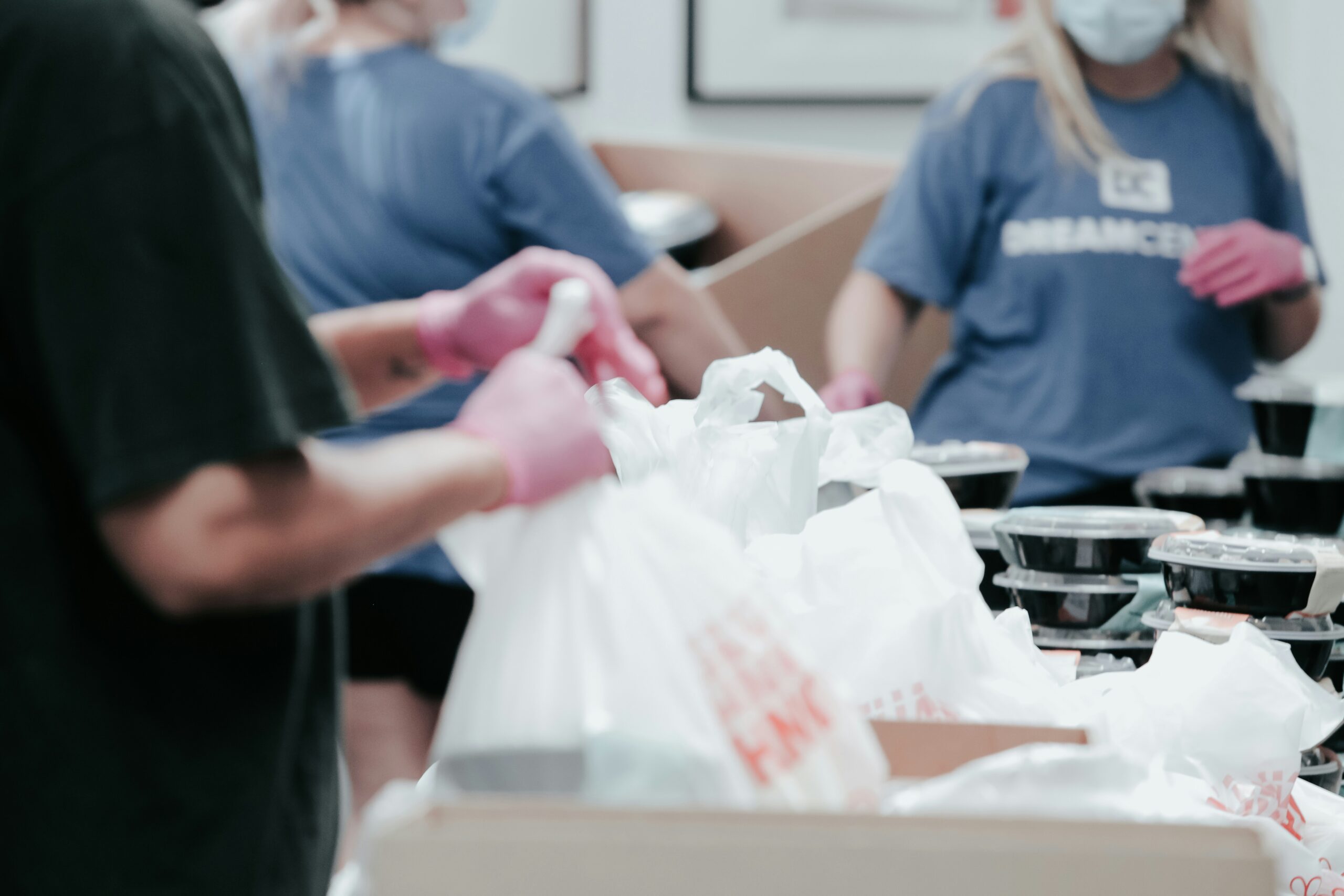
If you’re a teen in Massachusetts looking for an occasion to serve your community or would like to inspire with
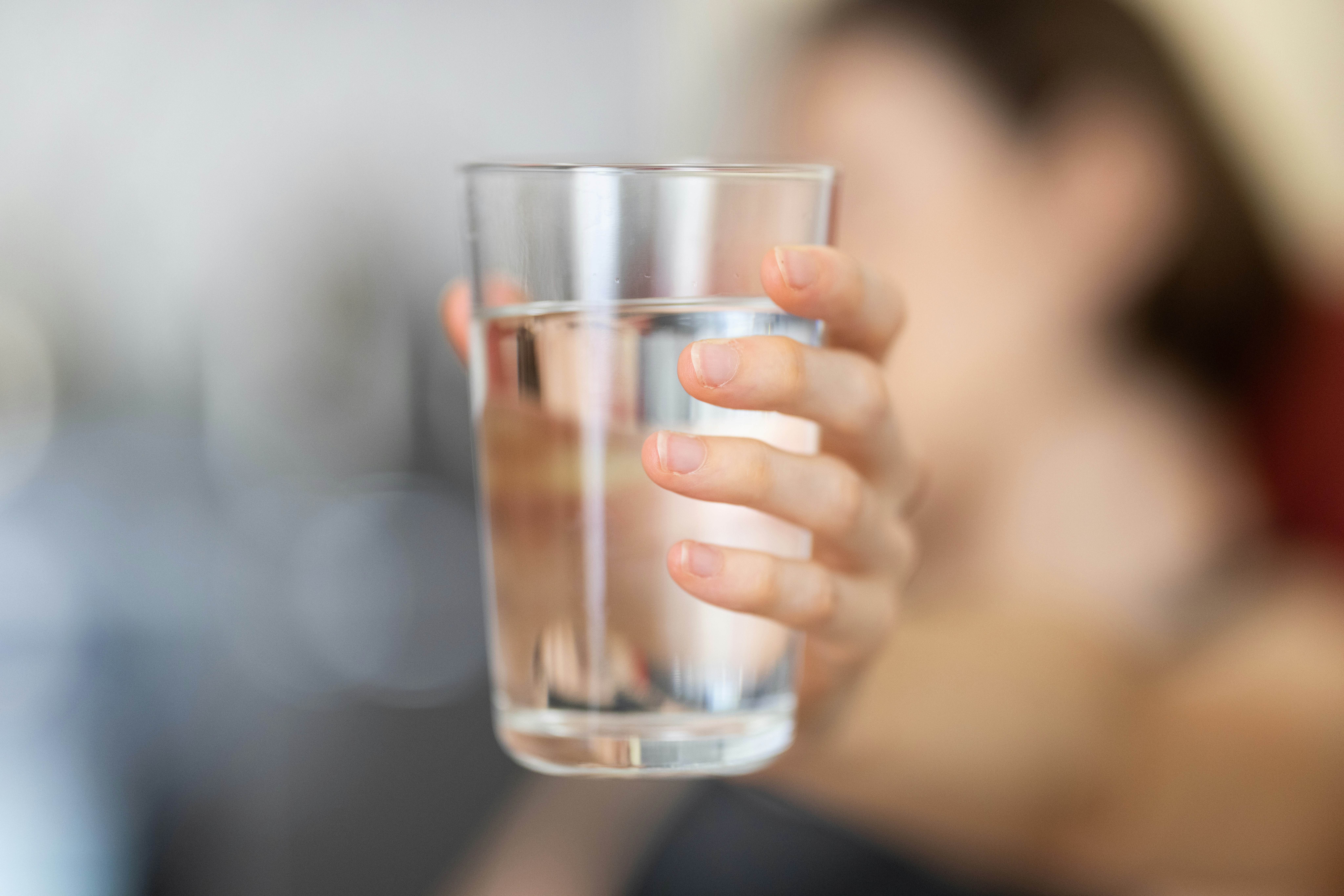
Working with patients at our breast cancer nonprofit, we have immediately learned that staying hydrated during breast cancer chemo is
We use cookies
We use cookies and other tracking technologies to improve your browsing experience on our website, to show you personalized content and targeted ads, to analyze our website traffic, and to understand where our visitors are coming from. By browsing our website, you consent to our use of cookies and other tracking technologies.